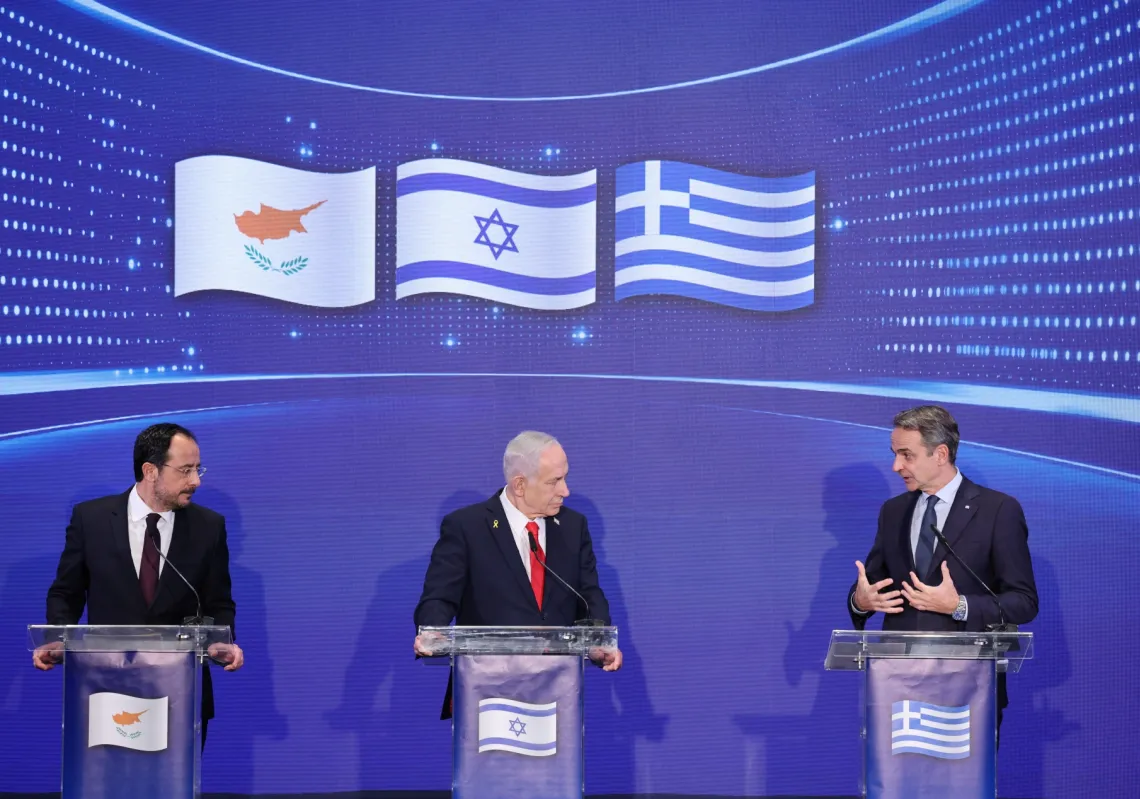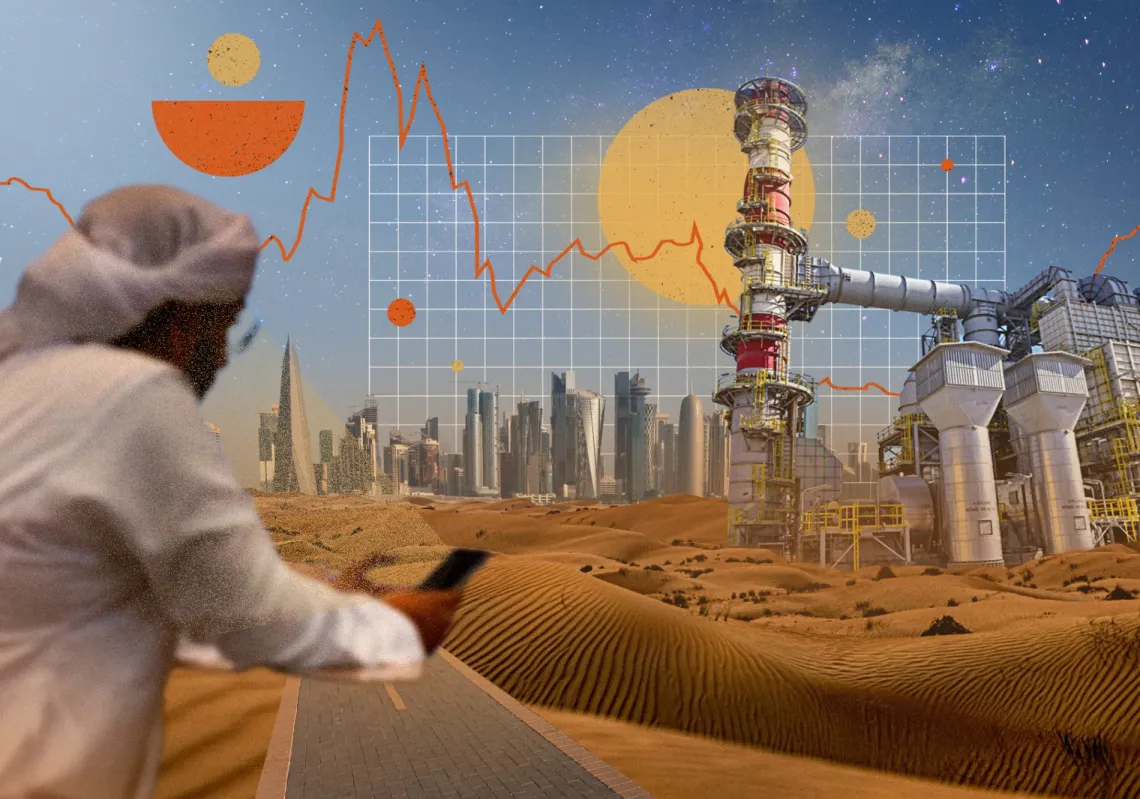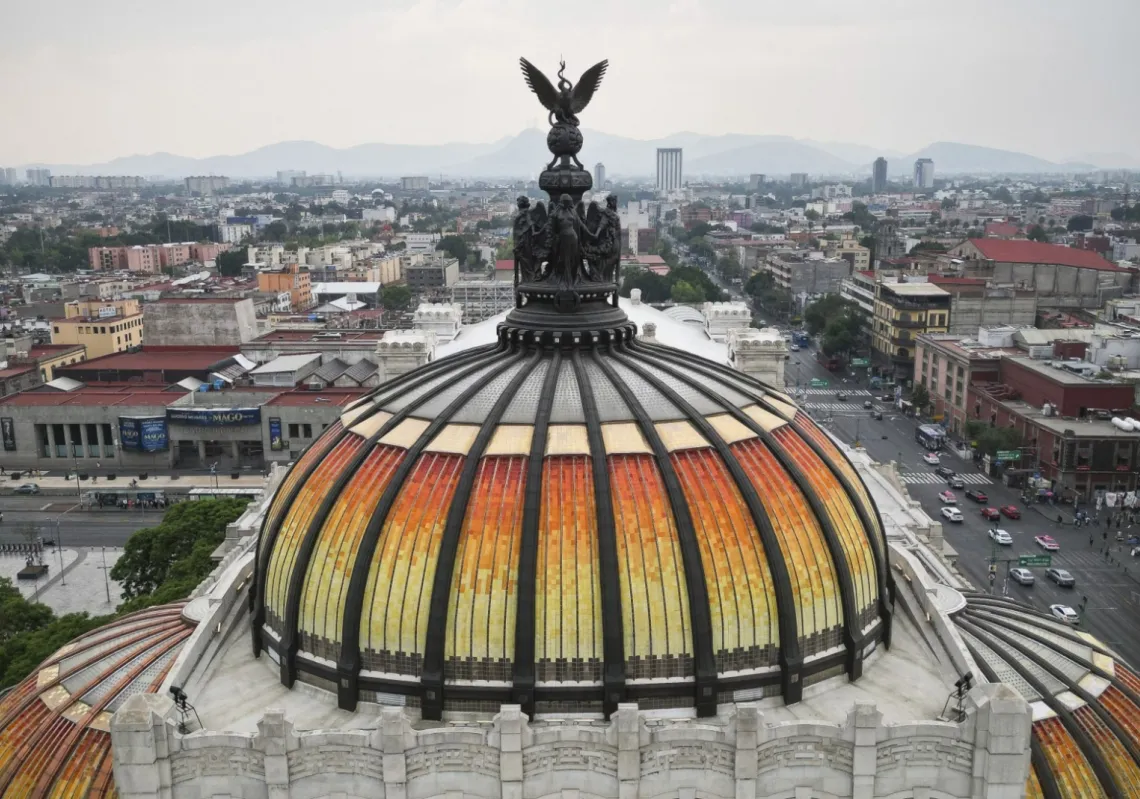Cairo: Since the outbreak of civil war in Sudan, much of the attention on the conflict has centred on the Darfur region.
It is home to the Rapid Support Forces, which remain pitted against the country’s regular army, their former allies, for national control. The RSF’s founder and leader – Mohamed Hamdan Dagalo, known as Hemedti – is a member of the local Rizeigat tribes.
Darfur is no stranger to fighting. Its people have witnessed 16 years of various forms of armed conflict, leading to a proliferation of weaponry among tribal leaders and the general citizens, making it a breeding ground for war.
There is also a history of tribal violence in the area, not least toward the Sudan’s central government in Khartoum and the regular army. A previous long-running period of conflict peaked when the deposed president, Omar al-Bashir, and several of his allies were charged with genocide.
The region also shares open borders with multiple countries – including Chad, the Central African Republic, and Libya – all grappling with fragile security conditions which add more complexity, making it easy for armed groups to move over frontiers.
And so, Darfur has become a shifting and challenging battleground in Sudan’s latest civil war, with some of the most intense battles in recent months.
In many ways, there has been no break in the fighting from the last series of clashes in the region. In this latest war, the RSF has fought not just with the regular army but also with various tribal factions, notably the Masalit group in Geneina.
This on-the-ground situation darkens the worst-case scenario in Darfur, bringing the possibility of genocide and ethnic cleansing alongside civil war closer than ever before. What happens next will depend on how much the world pays attention.

The voices stoking animosity between the region’s ethnic groups are hard to ignore, and they are being raised amid calls for the region to turn its back on the central government of Sudan entirely.















